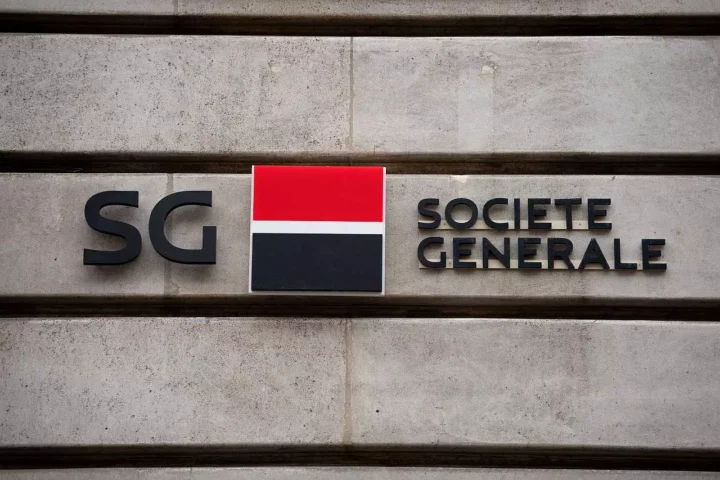Ether fell below $3,000 on Monday, deepening a downturn that has raised alarms about fading bullish momentum after a 40% drop from the August all-time high of $4,956.
The decline closely mirrors the broader altcoin market, suggesting traders are reacting less to Ethereum-specific developments and more to macroeconomic pressures.
Macroeconomic Pressures Weigh on Digital Assets
Analysts point to mounting concerns around global growth as a key driver of the pullback.
The U.S. government shutdown, new import tariffs and weaker-than-expected consumer-sector earnings have contributed to uncertainty.
The artificial intelligence sector has also cooled, with data centers facing rising energy and infrastructure costs despite strong profitability.
Futures Data Shows Muted Bullish Demand
Demand for leveraged long positions in Ether has remained weak, with the two-month futures premium stuck below the 5% neutral threshold for more than a month.
Part of this hesitation stems from stress on publicly traded companies that accumulated ETH reserves through debt and equity issuances.
These firms — including Bitmine Immersion, SharpLink Gaming and The Ether Machine — now hold unrealized losses as their shares trade below net asset value.
This dynamic reduces investor interest and makes it harder for such firms to issue new debt without diluting current shareholders.
Declining On-Chain Activity Adds Pressure
Ethereum’s on-chain performance has weakened, dampening demand for ETH.
Lower network activity increases available supply and reduces the burn rate associated with base-layer transactions.
DeFi Metrics Show Significant Cooling
Total Value Locked on the Ethereum network has dropped to $74 billion, down 13% over the past month.
Activity on Ethereum-based decentralized exchanges reached $17.4 billion over the past week, a 27% decline from the previous month.
Ethereum still dominates in deposits, but competitors are gaining ground in trading activity.
Competitors Gain While L2s Change Fee Dynamics
Solana and BNB Chain continue to draw volume despite concerns about centralization.
Meanwhile, Ethereum’s scaling solutions — including Arbitrum, Base and Polygon — have eased congestion and lowered transaction costs.
But these same rollups reduce demand for base-layer block space, placing downward pressure on fee-driven ETH burning.







